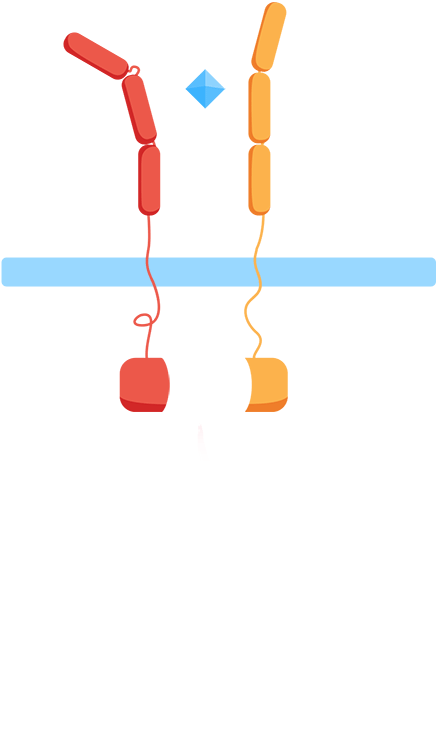


Rubor. Calor. Tumor. Dolor
. Sensor.
Chronic Inflammatory Diseases
Chronic Inflammatory Diseases (CIDs) are debilitating, leaving your well-being
at the mercy of your flare-ups and remissions. Due to the complexity of these diseases,
no two patients' experiences are the same. Likewise, the right treatment for two people,
even if they have the same disease, can be different, and to treat these diseases
properly, patients therefore need to monitor the progression of their disease closely
to gather as much information about it as possible.

Our Solution
To supplement current testing methods, we have designed a sweat collecting patch
that patients with CIDs can use to monitor their inflammation status on the go.
The plaster will sit on the patient's skin and change color depending on the
patient's level of inflammation, as it reflects itself in the patient's sweat.
This'll grant them an easy-to-use, non-invasive device that'll give them
insight into the progression of their disease, and provide them and their
healthcare professionals with valuable information about their illness, without
the discomfort surrounding current, more invasive testing methods.
What does this mean for the patients?
Our tool stands for patient empowerment. Our self-monitoring device is
suitable for home use, and does not have to interfere with patients' daily
lives or act as a reminder of their illness. Instead, patients can go about their
day, knowing that they're collecting data on their disease while performing
other tasks.
It allows for transparency for the patient regarding the progression of their CID, can aid them in discovering the best self-management strategies that work for them, and most of all, the collected data can help better guide healthcare professionals in evaluating the efficacy of current or new treatment plans, allowing for faster treatment adjustment.
CIDosis brings you the data needed to get a clearer picture of your disease.
It allows for transparency for the patient regarding the progression of their CID, can aid them in discovering the best self-management strategies that work for them, and most of all, the collected data can help better guide healthcare professionals in evaluating the efficacy of current or new treatment plans, allowing for faster treatment adjustment.
CIDosis brings you the data needed to get a clearer picture of your disease.

The Science
Our patch will contain genetically modified yeast expressing engineered interleukin
receptors. These interleukin receptors will bind and react to the inflammatory biomarkers (interleukins)
found in sweat, whereby a fused intracellular split protein will be recomplemented.
The recomplementation of the split protein then triggers a signaling pathway,
in which our signal is amplified, eventually resulting in the production of a pigment,
which will act as our reporter.
For more information on our engineered interleukin receptors and biosensor components, check out our project design page!
For more information on our engineered interleukin receptors and biosensor components, check out our project design page!

Three Tiers of Biosensor Design
Our scientific design has gone through many iterations, guided especially
by our human practices and dry lab findings. Through our engineering work,
we've come up with three different designs, in which we have three different
tiers of signal amplification, and three different intracellular modifications
to our interleukin receptors.

For our design and engineering processes, check out our design page, modeling page, human practices page, and engineering success page!
Fun Fact!
Inflammation is tied to heat, pain, redness, and swelling. In latin, that's calor, dolor, rubor, and tumor. It fits perfectly with developing an inflammation biosens-or ;)
